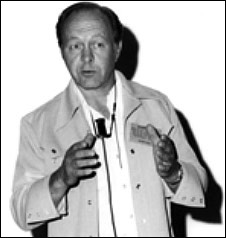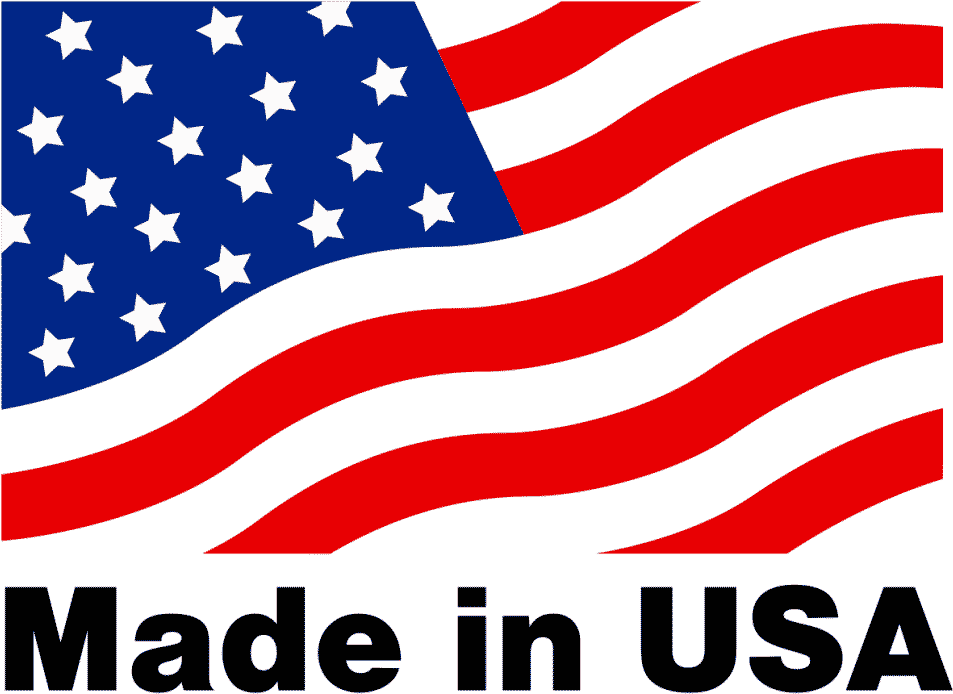Our Company
Meeting Polyurethane Challenges for Industry since 1972.
In 1972, Richard and Letha Collver founded Western Roller Corporation supplying the wood products manufacturing industry with gelatin print transfer rolls for moulding printing. Soon after, Richard (Dick) developed a replaceable urethane tire system for moulders and power feed attachments.
WRC: In the Beginning
The Western Roller story begins in 1972 when the company founders, Richard and Letha Collver, moved from Virginia back to their beloved State of Oregon.
Settling in Bend, which is located on the east side of the Cascade Mountains, the Collvers rented a house and set up shop in the garage. They started manufacturing gelatin print rolls for the company he had left just weeks before. Other customers in the moulding printing industry came on board shortly thereafter.
Settling in Bend, which is located on the east side of the Cascade Mountains, the Collvers rented a house and set up shop in the garage. They started manufacturing gelatin print rolls for the company he had left just weeks before. Other customers in the moulding printing industry came on board shortly thereafter.
The evolution of WRC's Soft Feed Roller System
While calling on the moulding & millwork industry in Central Oregon, Richard (Dick) came across a company in Redmond that was attempting to solve a particular problem.
With the cost of raw materials going up and up, this company was determined to yield more moulding out of the same Ponderosa Pine shop lumber already supplied. This may have been the beginning of high tech sawing as we know it today. Narrower and thinner sub straights posed a problem at the moulder. Corrugated, or fluted, type steel feed rollers were marking up the wood to the point that the marks could not be removed and still maintain the part’s dimensional stability
The corrugated steel rolls were then replaced with smooth steel rolls. The smooth steel with its very low coefficient of friction, required more physical force, or down pressure, to feed the wood through the moulder resulting in a raised grain problem. Raised grain is a condition where excessive roller pressure compresses the hard winter wood, or grain, into the soft summer wood. After milling and over time, the soft summer wood expands back to where it was and forces the hard winter wood up, exposing the harder grained wood. In today’s modern millwork, this is not acceptable.
Dick came on the scene about the time that this company was experimenting with rubber and neoprene bonded to the steel rollers in hopes of providing more traction and therefore, eliminating the raised grain problem. However, another battle ensued. Bonding problems and short material life became a daily challenge.
To make a long story short, Dick developed the very first "Super Drive" replaceable tire. Made of polyurethane, this replaceable tire was sandwiched between two flanges of a steel hub that was bored and keyed to fit on the customer’s moulder. The design immediately eliminated the bonding problems, because the tire was not bonded to the hub at all. It was held in place with bolts that squeezed the two flanges together to secure the tire to the hub. By its own nature: polyurethane with its superior properties, improved roller life dramatically. The "Super Drive" feed roller system was born.
With the cost of raw materials going up and up, this company was determined to yield more moulding out of the same Ponderosa Pine shop lumber already supplied. This may have been the beginning of high tech sawing as we know it today. Narrower and thinner sub straights posed a problem at the moulder. Corrugated, or fluted, type steel feed rollers were marking up the wood to the point that the marks could not be removed and still maintain the part’s dimensional stability
The corrugated steel rolls were then replaced with smooth steel rolls. The smooth steel with its very low coefficient of friction, required more physical force, or down pressure, to feed the wood through the moulder resulting in a raised grain problem. Raised grain is a condition where excessive roller pressure compresses the hard winter wood, or grain, into the soft summer wood. After milling and over time, the soft summer wood expands back to where it was and forces the hard winter wood up, exposing the harder grained wood. In today’s modern millwork, this is not acceptable.
Dick came on the scene about the time that this company was experimenting with rubber and neoprene bonded to the steel rollers in hopes of providing more traction and therefore, eliminating the raised grain problem. However, another battle ensued. Bonding problems and short material life became a daily challenge.
To make a long story short, Dick developed the very first "Super Drive" replaceable tire. Made of polyurethane, this replaceable tire was sandwiched between two flanges of a steel hub that was bored and keyed to fit on the customer’s moulder. The design immediately eliminated the bonding problems, because the tire was not bonded to the hub at all. It was held in place with bolts that squeezed the two flanges together to secure the tire to the hub. By its own nature: polyurethane with its superior properties, improved roller life dramatically. The "Super Drive" feed roller system was born.

Founder, Dick Collver, addressing members of the Western Wood Moulding & Millwork Producers in August, 1976.

